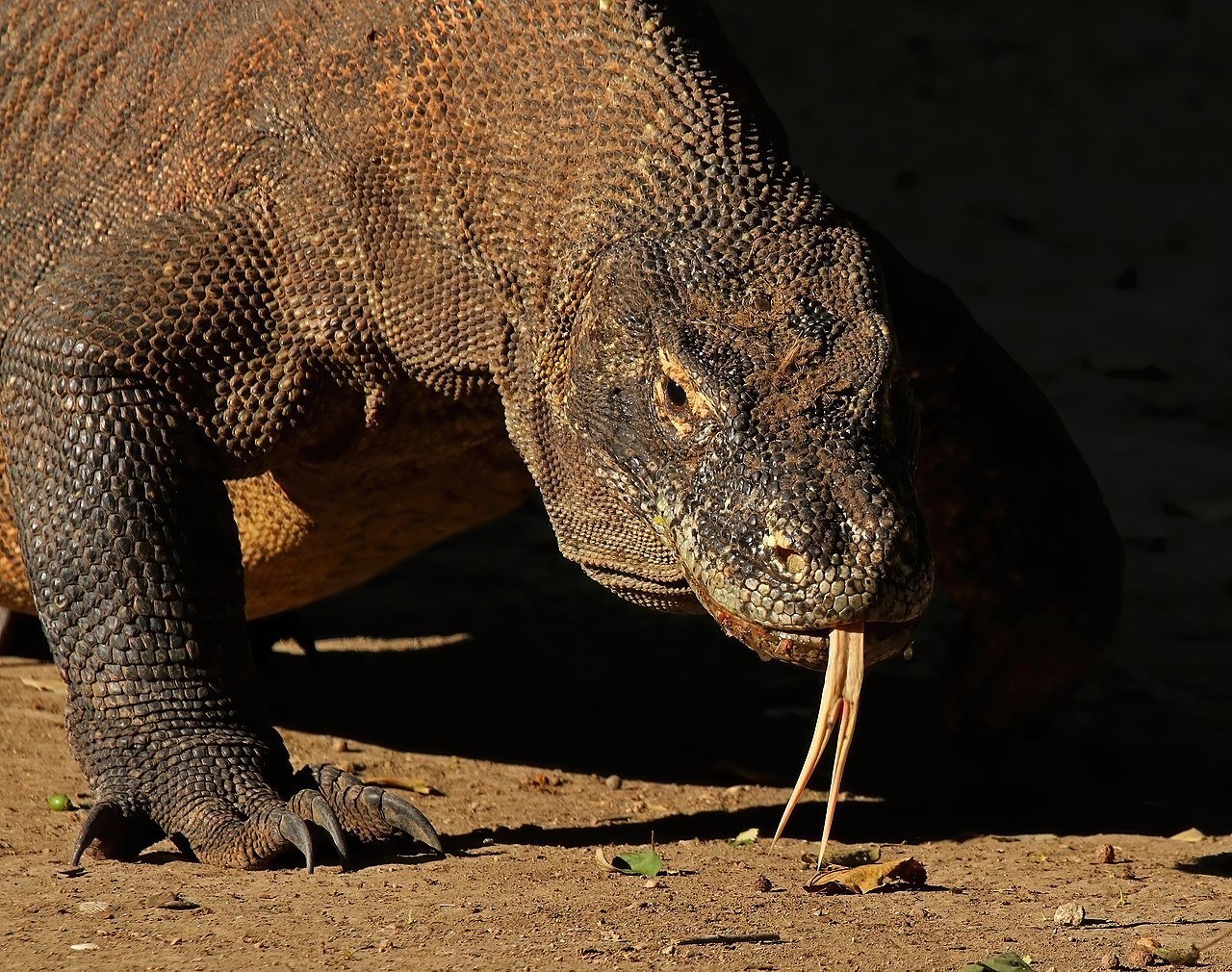This week, we reported on new epigenetic findings in memory formation as well as a dramatic spike in micromobility-related head injuries, so there’s a whole lot of head-related science on the front burner these days. There were new findings regarding an increasingly terrifying and awesome apex predator and the future of coffee is getting a little bit brighter—the best part of waking up is climate-resilient cultivars in your cup.
Neurons unraveled
“Your genes are not your destiny.” This is a pithy way of saying that just because your dad developed hammertoe in his 40s doesn’t mean that you will. One big reason that genes aren’t the sole determinant of offspring development is the epigenome, the collection of chemical changes to DNA that modulate the expression of genes.
It’s a new area of genetics, so there are large, unmapped territories to explore and a team of researchers at Ecole Polytechnique Federale de Lausanne are now studying neural nuclei to figure out how epigenetics influences memory formation.
Previous studies focused on neural plasticity but did not consider the state of the nucleus of neuron cells. The study found that, in fact, the epigenetic state of a neuron is a determinant of its role in memory encoding. When a neuron is “epigenetically open,” its DNA is unraveled and relaxed; it is considered “epigenetically closed” when the DNA is compact.
The researchers report that open neurons are more likely to be recruited into a new memory trace, as measured by spikes in electrical activity during periods of learning. They believe their findings could have immediate application in Alzheimer’s research, as well as studies of other cognitive disorders characterized by aberrant epigenetic mechanisms.
Beverage resilient
Look, climate change is happening; we can’t get around it. We have to go through it. And that means we’re going to have to adapt our coffee-drinking habits as much as waterways, infrastructure and disaster insurance policies because production of the world’s most popular coffee cultivar, Coffea arabica, is predicted to decrease by 80% by 2050 due to climate change.
Arabica coffee has a distinctive flavor profile favored by most coffee drinkers that will be difficult if not impossible to replace, but horticulturalists have a potential solution that, at the very least, is better than nothing: a shift from arabica production to robusta cultivars.
A team of researchers from France and Brazil have been exploring robusta’s potential to supplement and perhaps replace arabica coffee, growing it in alternative climates and at high altitudes to test its resilience. According to their study, robusta is more sustainable as it can be produced with less water and fertilizer; Robusta beans are of high quality with good flavor; and Robusta has the capacity to adapt to new production systems.
Komodo dragons: The most heavy metal species on Earth
Evoking Iron Maiden album covers and enemies from Id Software’s DOOM series, researchers report that Komodo dragons, native to Indonesia, have teeth coated with iron to kill their prey more effectively.
Although other species have similar teeth coatings, the researchers say that Komodos express this deeply amp-cranking feature more prominently than any other animal. You think you have problems with tartar? Buddy, Komodos have teeth that can rust. Combined with a venomous bite, these skull-rattling apex predators can take down prey including invertebrates, birds, and mammals as large as water buffalo.
The researchers analyzed samples of Komodo teeth via chemical and structural imaging to reveal orange, iron-enriched coatings on the serrations and tips. They believe that iron sequestration was probably a feature of certain ancient ziphodont dinosaur species, but fossilization can’t preserve iron coatings. Has anyone looked at Komodo bones to see if they’re made of carbon fiber or something?
E-bikes causing more e-concussions
Nature’s helmet, the skull, is not fit to purpose for certain human activities, like jumping a motorcycle over Snake River Canyon, and requires a supplementary man-made skull fabricated from compressible material or Kevlar or something. The skull’s inadequacy is a growing problem, say UC San Francisco researchers, who report that as micromobility surges in the United States with the uptake of small electric vehicles, traffic accidents involving powered scooters and bicycles are spiking right along with it.
Emergency rooms nationally are reporting more micromobility-related injuries and hospitalizations due to a number of factors including unprotected heads. EV riders also have a higher likelihood of sustaining internal injuries compared to users of regular bikes and scooters. E-bike injuries have doubled every year between 2017 and 2022, while e-scooter injuries rose by 45%.
“This increase in accidents not only introduced a demographic shift, but also underscores an urgent need for added safety measures. There are undeniable health and environmental benefits to micromobility vehicle use, but structural changes must be taken to promote safe riding,” says researcher Adrian Fernandez, MD, chief resident with the UCSF Department of Urology.
© 2024 Science X Network
Citation:
Saturday Citations: E-bike accident spike; epigenetics in memory formation; Komodo dragons now scarier (2024, July 27)
retrieved 27 July 2024
from https://phys.org/news/2024-07-saturday-citations-bike-accident-spike.html
This document is subject to copyright. Apart from any fair dealing for the purpose of private study or research, no
part may be reproduced without the written permission. The content is provided for information purposes only.
